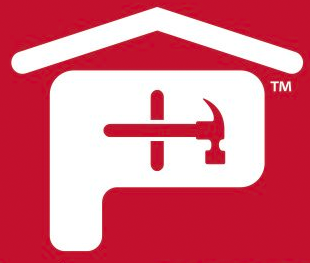One of the top five hazards to human health is poor indoor air quality. In fact, indoor air is three times more polluted than outdoor air. What fills the air so offensively? Volatile Organic Compounds (VOCs).

VOCs are a class of organic chemical compounds found in many products, which emit gases with adverse health effects. VOCs are emitted as gases from certain solids or liquids, including paints and lacquers, cleaning supplies, pesticides, and building materials, like insulation board.
In the United States, the EPA regulates the emissions of VOCs in the outdoors, mostly to prevent the formation of ozone–a constituent of photochemical smog. The EPA formerly defined the regulated organic compounds in outdoor air as “Reactive Organic Gases” (ROG), clarifying its meaning as being limited to reactive chemicals. However, EPA later changed that terminology to “VOC” which has created a misunderstanding in the marketplace when applied to indoor air quality.
Many individuals and organizations, including manufacturers of building materials and insulation products, along with third party certification organizations have come to think of VOCs as only those regulated by EPA for outdoor air, and apply the same definition for indoor air purposes:
“…any compound of carbon, excluding carbon monoxide, carbon dioxide, carbonic acid, metallic carbides or carbonates, and ammonium carbonate, which participates in atmospheric photochemical reactions…”
But when discussing indoor environments, VOCs must refer to “all organic chemical compounds that can evaporate under normal indoor atmospheric conditions of temperature and pressure.”
So now that you know VOCs are out there and doing harm on you and the environment, what happens next? Look for low-emitting products!
Today a number of low and no VOC insulation systems are available. Using low-VOC rigid foam insulation for new construction and remodeling projects can significantly reduce the emission of these dangerous compounds.
According to Clean Air Counts, the benefits of using low-VOC building products include:
- Cleaner indoor air quality for a more comfortable and productive environment
- Value-added appeal to property buyers
- Reduced chemical emissions from VOCs
- Improved regional air quality
- Improved worker safety and health
- Reduced air quality related illnesses, such as asthma, incidents of eye and respiratory irritation, headaches, fatigue and other symptoms of “sick building” syndrome
Atlas has a full line of polyiso wall and roof insulation materials that are very low-emitting products. Breathe easier and check out Atlas low-VOC insulation products for wall and roof.



 Gear!
Gear! PRO LOGIN
PRO LOGIN